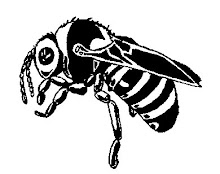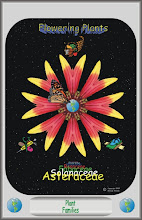




Pale Smartweed (Polygonum lapathifolium)
Found across the United States, the native Pale Smartweed or Curlytop Knotweed (Polygonum lapathifolium) grow on the shores of lakes, ponds and other moist areas such as ditches, riverbanks and moist fields. A member of the Buckwheat (Polygonacea) family, the Pale Smartweed may colonize areas and become weedy or invasive in some areas.
Blooming from summer to fall, the three foot tall Pale Smartweed produces 1/8 inch white flowers with white to pink tinged stamens. The flowers which have no petals, but modified petal-like leaves called sepals, form in cluaters along and near the apex of the stems.
Leaves found alternately along the stem, grow to six inches long and to ½ inch wide. The lanceolate, leaves, tapering at both ends, are attached to the stem by a film-like membrane sheath (ocrea). Stems are hairless and smooth.
The plain white flower of the Pale Smartweed and hairless stems distinguishes it from other Smartweeds such as Pennsylvania Smartweed (Polygonum pensylvanicum) which have bright pink flowers.
Young leaves of the Pale Smartweed are ediable and parts of the plant used in treatment of fevers, stomach ailments and burns. Soap like lather produced from this plant may be used as soap substitute for washing.
It is not recommended that these plants be used as medicine or food since they may have bad side effects. Similar species, misidentified, may cause illness or death.
Photos taken in rural east Norman, Oklahoma adjacent to my pond. September 2009







No comments:
Post a Comment